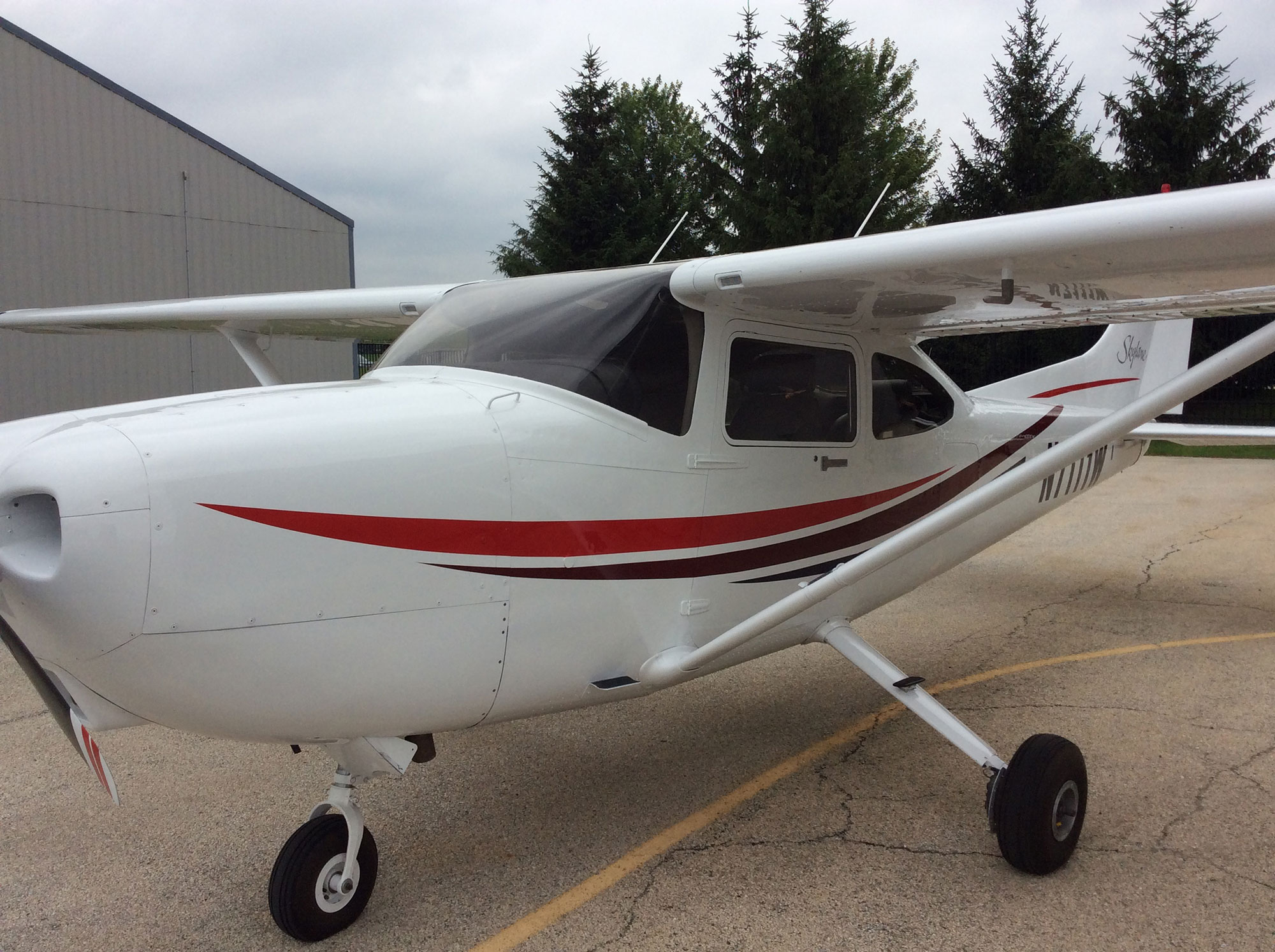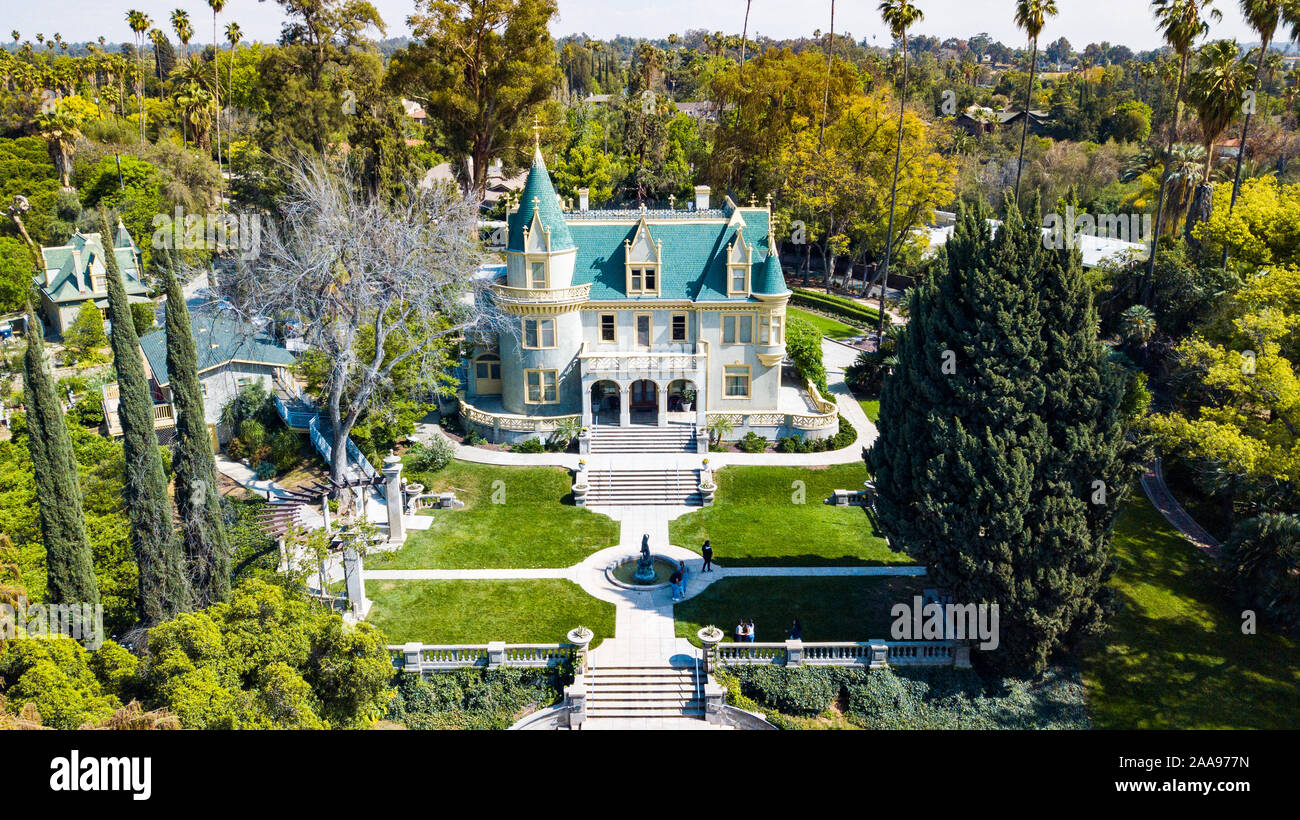Table Of Content
- What Are The Main Differences Between The C182 Skylane Vs The C172 Skyhawk
- Thirty years after its official demise, pilots still love the Cessna Skylane RG, normally aspirated or turbo.
- Baggage capacity
- Cruise speed/endurance w/45-min rsv, std fuel (fuel consumption, ea engine) @ 75% power, best economy
- Retractable gear

There was an elusive intermittent gear-down lock switch problem that took five annuals to correct and a sticky turbo oil check valve that spit a lot of oil on the left fuselage, wing strut and gear strut. We replaced it but I found that if the aircraft sits and is run up to only intermediate settings, the check valve will allow oil to leak back into the turbocharger and spit out the exhaust. Once you get a high-power cycle on the engine and turbo, it acts normally. The O-540 is prone to a greasy bottom but a properly installed Airwolf oil separator has helped tremendously.
What Are The Main Differences Between The C182 Skylane Vs The C172 Skyhawk
Comparisons are not made between the R182 and the Bonanza, which pilots do not consider a lower-priced choice in the used market. So Aviation Consumer a few years ago conducted a side-by-side flyoff between the R182 and a 201. It found the R182 had the better climb rate and more dexterity getting into and out of a variety of airports. The Cessna hauled more, both in weight and volume, and was a little faster than the sleek 201, but of course at 20 to 40 percent more gallons per hour.

Thirty years after its official demise, pilots still love the Cessna Skylane RG, normally aspirated or turbo.
Lycoming-powered 182s are all fuel-injected, so these tricks are not applicable. GAMIjectors will reduce the differential between fuels flows across each cylinder. This will let Lycoming owners take full advantage of lean-of-peak mixture settings, if desired. Jesch, who flew us to AirVenture and back in 2016, uses a very simple power management plan. The throttle is left wide open (except for the twitch) and rpm is adjusted to the top of the green band.
Baggage capacity
Change the oil at 25- to 35-hour intervals or every four months, whichever comes first. Install a full flow oil filter and change the filter at every oil change. During walkaround, grab the trailing edge of each cowl flap and try to wiggle it. You don’t want much back-and-forth movement since this indicates a worn flap hinge.
Cruise speed/endurance w/45-min rsv, std fuel (fuel consumption, ea engine) @ 75% power, best economy
The Cessna 182 was first built in 1956 as an evolution from the Cessna 180 taildragger with a tri-gear design and some changes to the exhaust and fuel vent systems. The tri-gear landing gear created the nose-heavy propensity that remains with Skylanes to this day. Another benefit to a constant-speed propeller is that if your engine fails, you can pull the prop lever back to reduce pitch and feather the propeller, which will reduce drag.
Generally speaking, you will find the Cessna 182 will outprice the Cessna 172. An aircraft that can fly higher and faster, but can also increase its utility, has a better value. However, this does not mean anything negative for the 172, as the price to performance ratio is often better than the 182. The Cessna 172 comes in a variety of models from A-S and including a few military variants. This is often a direct result of so many parts being available for the aircraft as they are produced in mass quantities.
Using this scheme and the two tricks outlined above, he can successfully lean to 11 gph in cruise at 65 percent power. Once at cruise altitude, there are a couple of tricks used by Continental-engine 182 pilots that have proven to better atomize the fuel in the induction system and better mix it with the airflow. This lessens the spread between the leanest and the richest mixtures across all six cylinders as indicated by EGTs. The carburetor and fuel injection systems in 182s are designed to provide extra fuel flow while at full throttle to provide cooling and prevent detonation during high power operations. Make a note about the needle position and/or EGT temp and which cylinder the number is from.

These aircraft are powerful and versatile while maintaining reliability and accessibility to a range of pilots and flight missions. A Cessna 182 Skylane can get you where you need to go and get you there comfortably. But that’s not to say that they don’t have their own set of faults or trade-offs.
Cessna 182 - Performance Data
The Collins stack was costing a fortune to maintain and I felt it was too much of a liability for IFR so we installed a Garmin stack. I have been the happy and proud owner of a 1979 Cessna 182 Turbo RG for two years. My wife and I chose it for the combination of cabin size, stability, comfort, ease of entry, speed, range and payload. We replaced the original fuel bladder, doing most of the work ourselves. We can check the oil during pre-flight and it might read 6.5 quarts. Owner FeedbackI bought N79MR, a 1979 TR182, in 1998 with 4500 hours.
This means that critical altitude (the maximum height at which the engine can produce sea-level power) is about 14,000 feet. It’s apparent that the big jump in price comes for retractable gear and that turbocharging was relatively minor delta, both in 1979 and today. It’s also interesting that the normally-aspirated Skylane RG is the strongest climber, despite its heavier weight.
This 1979 Cessna TR182 Skylane Is Surprisingly Fast ‘AircraftForSale’ Top Pick - FLYING
This 1979 Cessna TR182 Skylane Is Surprisingly Fast ‘AircraftForSale’ Top Pick.
Posted: Mon, 12 Feb 2024 08:00:00 GMT [source]
Transitioning to the RG from the Skyhawk was straightforward, with more back pressure required on landing (lots of trim helps). Its easy to overshoot the airport on VFR descents with the gear and flaps up-it loves to stay airborne. It is an ideal cross-country aircraft with a decent 1000-mile range VFR. I will cruise between 10,000 and 14,000 feet depending on terrain and winds.
In other applications, the big 540-cubic-inch Lycoming churns out as much as 350 hp (Navajo Chieftain, Mirage), and Cessna considered upgrading horsepower on the RG. In the inevitable domino effect of any design change, more power would have precipitated a higher fuel burn. In turn, that might have necessitated a larger fuel capacity to preserve range, demanding a higher gross weight which could have increased stall speed, possibly requiring aerodynamic changes. The result would have been substantial design and certification expense.
I recently bought into a three-person partnership in a 1978 R182. The aircraft has very few bad habits but must be carefully managed during final approach, touchdown and rollout. The Cessna Flyer Association is a proudly independent group of and for Cessna© owners and pilots. According to the manufacturer’s printed bulletins, Continental engines can be leaned to peak EGT at 65 percent power and below; Lycomings at 75 percent power and below. Although the engine manufacturers cite very high limits for CHTs (500° F for Lycoming; 460° F for Continental), it can be wise to set 400° F as an upper limit. My recommendation of 400° F is based on research that shows the aluminum used in cylinder heads begins to degrade at temperatures over 400.

No comments:
Post a Comment